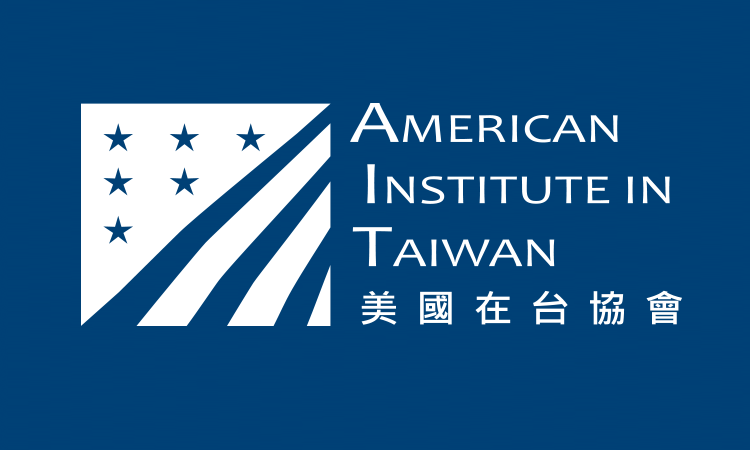The American Institute in Taiwan is pleased to collaborate with U.S. government exchange program alumni to hold the “Storytelling for Environmental Justice” exhibition at National Yunlin University of Science and Technology from January 3 to 8, 2017. It is the first exhibition by Taiwan alumni with an Alumni Engagement Innovation Fund (AEIF) grant awarded by a U.S. Department of State. The exhibition will move to the National Library of Public Information in Taichung in April.
With decades of bilateral cultural and educational exchanges, Taiwan has a number of outstanding alumni from a variety of U.S. exchange programs including: Fulbright, International Visitor Leadership Program, Study of the U.S. Institutes, and E-teachers. Over the past year AIT has cooperated with alumni to organize events focused on persons with disabilities, indigenous groups, and the elderly.
The “Storytelling for Environmental Justice” program aims to raise environmental awareness, initiate dialogues, and engage communities. By interviewing and interacting with Taiwan’s rural west coast communities, “we wish to help students and other community members use their own language to craft stories in order to build understanding about the environment as a common good,” said the project leader Dr. Chou Wen Huei, a Fulbright alumna and Professor at National Yunlin University of Science and Technology. The 2016 AEIF Taiwan team includes 10 team members across Taiwan.
The January exhibition is free and open to public. It showcases interview clips on local residents’ views on industrial development, sketch paintings of rural scenes, animation pieces on the dilemma between economic development and environmental protection, and the results of students experiencing traditional fishery activities.
“We are happy to see the Taiwan alumni network growing stronger from year to year, working with many active alumni in Taiwan is always a privilege,” said Alys Spensley, AIT’s Cultural Affairs Officer. “This innovative AEIF project addresses environmental issues using audiovisual storytelling, and provides an opportunity for people to use their own language to craft their own stories. In this way, I feel it is not only an environmental project but also an empowering program,” she said.
















![Video Thumbnail [Recovered]-01](../wp-content/uploads/sites/269/Video-Thumbnail-Recovered-01-1-750x450.jpg)




